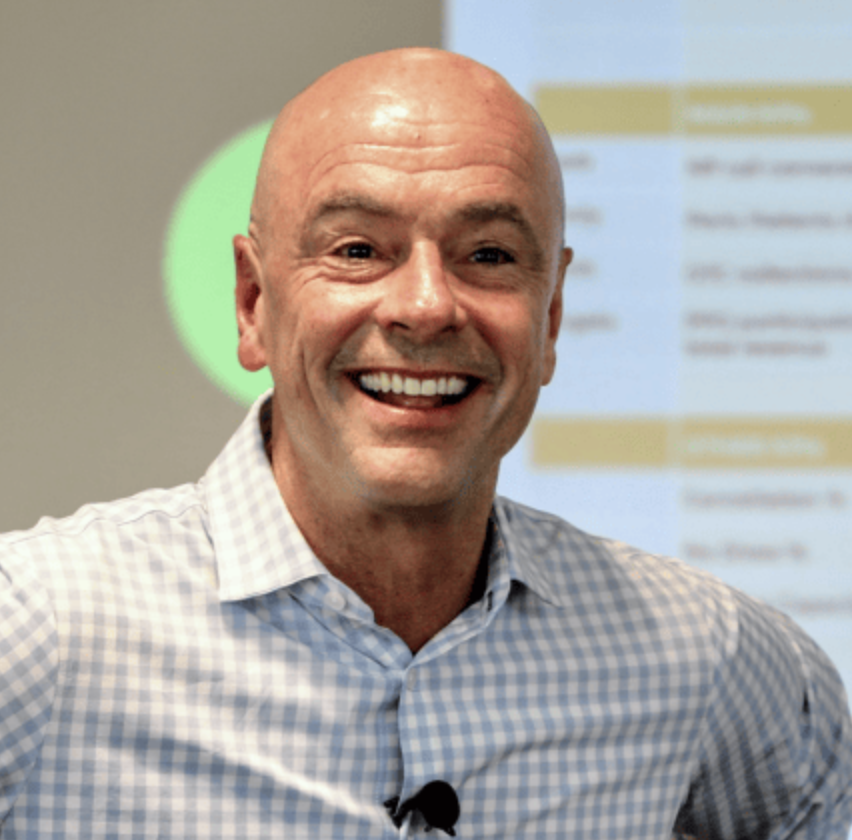Creating a healthy culture in the workplace is crazy important. Your office should be a positive place to work, and that, in turn, creates an environment where everyone performs at their best. I recently interviewed Judy Kay Mausolf, Owner of Practice Solutions, Inc., and she spoke of the importance of communication for a healthy practice. Working with many practices during the pandemic, Judy noticed that those teams with a good culture maintained communications, keeping in touch via Zoom and holding regular meetings. As a result, there was less fear and uncertainty, and the practices did better. In fact, one of our highest producing clients held outdoor meetings under a rented tent during COVID so they could still meet and discuss the state of the practice. He was honest with them, explaining that he didn’t have any answers, but they were able to work together to come up with ideas; the key is constant communication.
It Starts with You
One of my favorite sayings is “As goes the leadership, so goes the rest of the team,” because it demonstrates the importance of leading from the top down. If you as the leader are not exhibiting the behaviors you’re looking for, then the team won’t be motivated to do so either. The problem is that the doctors didn’t go to school to be leaders—they went to school for clinical dentistry and now, all of a sudden, they have a business to run in addition to being a provider. It’s incredibly difficult to make time for everything, and there are consequences when you just do whatever you want. As with all things, it comes back to your core values. When a leader doesn’t have a set of core values, they’re inconsistent in their actions, and it’s frustrating for team members to try to keep up with the rapid changes. It’s helpful to use an office administrator or director of operations so you can have clear lines of communication that prevent any on-the-fly responses from occurring.
Your team is an extension of you, so it’s important to build a team that you truly respect and care about. Find people who value the same thing, because those are going to be your favorite people. If you value compassion, find people who are naturally compassionate, because that’s a trait that’s difficult to train. As you grow and succeed, they need to as well. When you give them a piece of the pie it makes a big difference; you get people that are invested and take ownership of the practice. Then it’s no longer just you trying to lead everything—you have your whole team helping you move forward, which takes off a lot of the pressure. You can’t do everything, so think about what you can do great, and focus your efforts there. In his book Good to Great, Jim Collins says that’s where you’re going to get your joy. Let others step up and step into some of those other positions, building them up and empowering them as well.
Happy, Healthy, and High Producing
It’s easy to say you need a workplace with good culture, but what does it mean? A happy workplace is a place where people want to come work. It’s the attitude, the fun, and the lack of stress that keep people happy. People often think of happy as fluff, but that’s not it. It’s an atmosphere where people lift up each other’s successes, and support their teammates when they falter.
People want to go where they’re happy, and a big part of that is creating a healthy space. When people come to work, they need to do so in an environment where they feel safe, trust leadership, feel respected, and feel appreciated. These are abstract concepts, but the key to making them real is through measurable actions. Clearly define what each concept should look like with regard to your specific business. For example, “If we’re going to show each other respect, how do we do that on a daily basis?” You need to involve facts, because otherwise you’re just letting emotions get involved, and emotions distract.
The goal of building a happy and healthy practice is to improve the lives of your team and their performance. Being a high performing practice comes down to making communication everything. Figuring out how to keep everyone in the loop and learning to implement systems so that your actions become consistent is key. It’s easy to become busy and overwhelmed, but you must always make time to communicate.
When you come to work you should be like a mother hen gathering her chicks—gather them for the day and start on a positive note. You’re going to do the best you can, and not worry about perfection. Communicate with them, build them up, and empower them. Just do your best and treat your team well, and you’ll be amazed at how much more positive your business is. It’s a journey, and don’t be afraid to look for help. And as always, contact the ACT coaches today and find out how they can help you implement everything you’ve learned in your practice. With their help, you’ll be able to create a Better Practice, and a Better Life!
Kirk Behrendt is the CEO and Founder of ACT
Kirk Behrendt
Kirk Behrendt is a renowned consultant and speaker in the dental industry, known for his expertise in helping dentists create better practices and better lives. With over 30 years of experience in the field, Kirk has dedicated his professional life to optimizing the best systems and practices in dentistry. Kirk has been a featured speaker at every major dental meeting in the United States. His company, ACT Dental, has consistently been ranked as one of the top dental consultants in Dentistry Today's annual rankings for the past 10 years. In addition, ACT Dental was named one of the fastest-growing companies in the United States by Inc Magazine, appearing on their Inc 5000 list. Kirk's motivational skills are widely recognized in the dental industry. Dr. Peter Dawson of The Dawson Academy has referred to Kirk as "THE best motivator I have ever heard." Kirk has also assembled a trusted team of advisor experts who work with dentists to customize individual solutions that meet their unique needs. When he's not motivating dentists and their teams, Kirk enjoys coaching his children's sports teams and spending time with his amazing wife, Sarah, and their four children, Kinzie, Lily, Zoe, and Bo.
RECENT POSTS
876: The Kois-Coachman Digital Dentistry Event & The IntraOral Scanner Festival – Dr. Christian Coachman
April 18, 2025
Rest Isn't A Reward, It's A Requirement!
April 14, 2025
Data Snapshot: # of Office Days Open
April 11, 2025
Weather Any Storm: The Power of Focus
April 07, 2025
871: Metric Mondays: Gross Profit Percentage: The Health Indicator of Your Practice – Dr. Barrett Straub
April 07, 2025
Embrace Conflict to Unlock Trust
April 04, 2025

